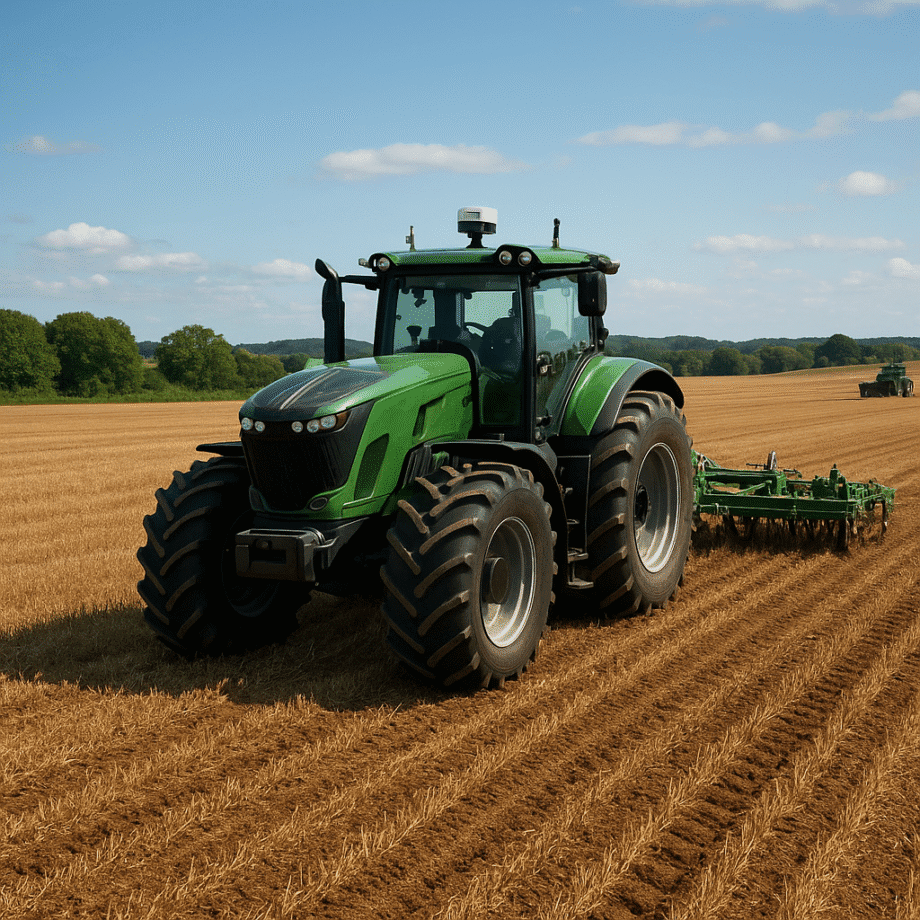Farming is undergoing a profound transformation as cutting-edge machines reshape how fields are cultivated and crops are harvested. The integration of autonomy in heavy equipment is not just a concept but a reality taking root across farms worldwide. With sensors, advanced algorithms, and satellite-guided navigation, modern agricultural machinery brings a new era of efficiency and precision to food production.
Autonomous Revolution in Modern Farming
Farmers have always sought ways to boost yields while reducing labor and resource input. The latest wave of machinery goes beyond simple mechanization to deliver fully data-driven decision-making. Self-driving tractors roam fields day and night, guided by GPS signals and onboard intelligence. These vehicles adjust their speed and steering in real time, adapting to soil conditions, obstacles, and crop health indicators.
One major driver for this shift is the desire for sustainability. Automated machines optimize inputs such as water, seeds, and fertilizers, minimizing waste and lowering environmental impact. By precisely targeting applications only where needed, farmers can reduce runoff, preserve soil structure, and protect surrounding ecosystems.
Moreover, labor shortages in rural regions have accelerated the adoption of autonomous solutions. With fewer skilled operators available, self-driving machinery provides a reliable alternative, enabling farms of all sizes to maintain continuous operations during peak seasons like planting and harvesting.
Breakthrough Technologies Shaping Machinery
Global Navigation Satellite Systems (GNSS)
High-accuracy GNSS receivers deliver centimeter-level positioning. When combined with real-time kinematic (RTK) corrections, tractors can follow precise paths, reducing overlap and gaps. This precision guidance is crucial for operations such as row planting or centimeter-accurate spraying.
Machine Learning and Computer Vision
Equipped with cameras and LiDAR sensors, self-driving tractors analyze live imagery to detect weeds, pests, or areas needing attention. Innovation in image recognition allows machinery to classify plant species, identify stress symptoms, and adjust treatments on the fly. Over time, these systems learn from field data and improve performance autonomously.
IoT and Connectivity
Internet of Things (IoT) platforms link tractors, combines, and drones into a unified network. Real-time telemetry streams engine health metrics, fuel levels, and operational status to farm managers. This connectivity ensures timely maintenance, reducing downtime and extending equipment lifespan.
Robotics and Automated Implements
Beyond tractors, robotic harvesters and automated planters redefine labor-intensive tasks. These devices use precise actuators and grippers to handle delicate fruits and vegetables without bruising. By integrating with self-driving tractors, a fully autonomous workflow emerges, from soil tillage to packing shed.
Advantages and Obstacles of Driverless Tractors
Self-driving tractors promise significant gains in productivity. Farms can operate around the clock without fatigue or human error. Planting windows are optimized for weather conditions, while harvesting occurs at peak crop readiness, preserving quality and maximizing yields.
- Lower labor costs by minimizing the need for skilled operators
- Enhanced accuracy in seed placement and chemical applications
- Improved field coverage with reduced overlaps and missed areas
- Continuous operation regardless of daylight or worker availability
However, these benefits come with challenges. Initial investment in autonomous tractors can be substantial, especially for smallholders. Integrating new machines requires staff training, IT infrastructure upgrades, and compatibility checks with existing implements.
Data security is another concern. As machines share sensitive agronomic and operational information over networks, robust cybersecurity measures must be in place to guard against unauthorized access and data breaches.
Regulatory frameworks are still evolving. In many regions, legislation governing unmanned vehicles on public roads and private lands lags behind technological advances. Policymakers and industry groups must collaborate to establish safety standards and liability guidelines.
The Future of Smart Farming
Looking ahead, autonomous tractors will be part of a broader ecosystem of interconnected machines and digital platforms. Farmers will plan field operations in virtual environments, running simulations to predict outcomes and optimize resource allocations. Scalability of these solutions is key, enabling adoption across large commercial estates and smaller family farms alike.
Energy transitions will also influence machinery design. Electric propulsion, powered by on-site renewable sources, can reduce carbon footprints and lower operating costs. Combined with solar charging stations or hydrogen fuel cells, these tractors could operate cleanly and quietly, further aligning agriculture with climate goals.
Collaboration between equipment manufacturers, software developers, and agricultural researchers will accelerate innovation. Shared data repositories and open-source platforms can foster rapid improvements, ensuring that autonomous systems quickly adapt to diverse crops and regional challenges.
Ultimately, the integration of robotics, advanced sensors, and AI-driven analytics will transform fields into living laboratories. Farmers will harness real-time insights to nurture soil health, predict disease outbreaks, and enhance biodiversity. The era of fully connected, self-learning machinery promises a more resilient and productive food system for generations to come.
